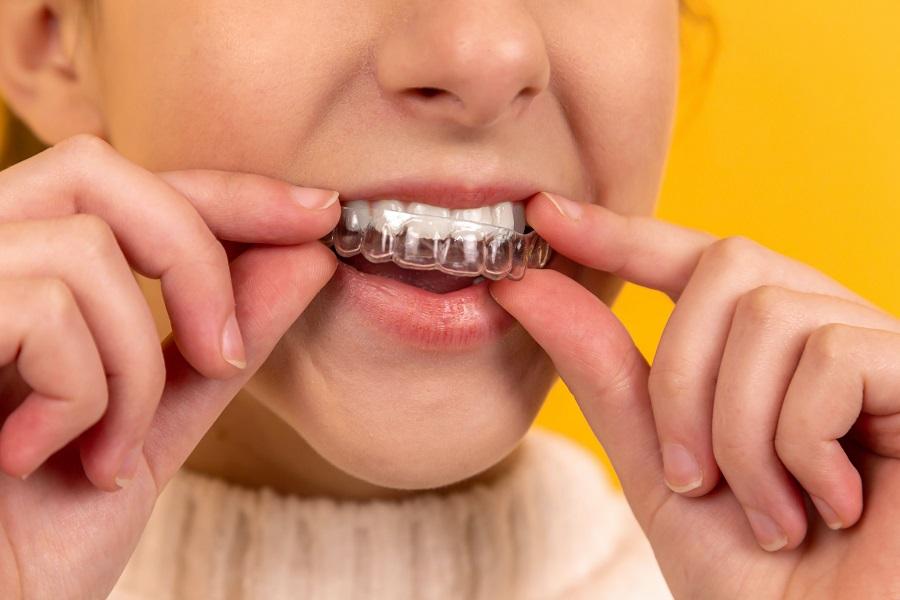The two most widely used methods for straightening teeth in orthodontic therapy are braces and aligners. Despite the fact that both have a chance of success, they differ significantly. This article dives into the battle between braces and aligners, comparing and contrasting their appearance, comfort, maintenance, effectiveness, length of treatment, and cost. Whether you're looking for a quick fix or a long-term solution, this article will help you make an informed decision about which option is best for you.
For a long time, people who needed to straighten their teeth had no choice except to use braces. Since the early 1900s, braces have undergone major design and functional improvements. A common substitute for braces in recent years has been aligners. Clear plastic trays known as aligners are built to order to fit over the teeth and gradually move them into the desired position. We'll compare and contrast aligners and braces in this article to make it easier for you to choose which is best for you.
Comfort
Braces can be uncomfortable, especially in the beginning when the wires and brackets are tightened to shift the teeth. The brackets and wires can irritate and hurt the lips and cheeks by rubbing against them. Contrarily, aligners are made of smooth plastic that is comfortable to wear. They don't have any protruding or irritant sharp edges or bits.
Appearance
The appearance of aligners and braces is one of their main distinctions. Braces are composed of brackets made of metal or ceramic that are fastened to the teeth using wires and rubber bands. They are noticeable and may cause some people embarrassment. On the other hand, aligners are composed of transparent plastic and are almost undetectable. They are almost unnoticeable because of how snugly they fit over the teeth.
Maintenance
In comparison to aligners, braces require more upkeep. Brushing and flossing may be more challenging due to the brackets and wires, increasing the risk of tooth decay and gum disease. Individuals with braces must avoid certain meals, including sticky or hard foods, that could harm the brackets or wires. Because aligners are removable, patients can eat whatever they want and take them out to brush and floss their teeth.
Effectiveness
Although they function differently, braces and aligners are equally efficient in straightening teeth. Braces provide pressure to the teeth with the use of brackets and wires, gradually moving the teeth into the ideal position. The way that aligners function is by gently shifting the teeth into the correct position by giving a consistent, gentle force to the teeth. For more complicated instances, like those with serious bite problems or highly misaligned teeth, aligners typically have less success.
Therapy Duration
Depending on the specifics of each case, braces and aligners have varying treatment times. In general, aligners are worn for 6 to 18 months whereas braces are worn for 18 to 24 months. The severity of the condition and the patient's adherence to the treatment plan determine how long the treatment will last.
Cost
Depending on the supplier and the specific instance, braces and aligners cost varies. In general, braces cost more than aligners, although insurance may pay for them. Insurance usually does not cover aligners, but for certain people, they might be less expensive.
Which One Fits You Best?
The choice between aligners and braces depends on a number of variables, such as the patient's lifestyle, personal preferences, and the severity of the situation. Here are a few things to think about:
Appearance: A better alternative for you may be aligners if you're worried about how braces will look.
Comfort: Aligners might be a better alternative if you're seeking a comfy solution.
Maintenance: Braces may be a good alternative if you're prepared to put out the extra effort to keep them. Aligners may be a preferable alternative if you're searching for a simple option to maintain.
Effectiveness: Braces may be more successful than aligners in difficult cases.
Treatment Length: Aligners can be a better choice if you're searching for a procedure that takes less time.
Cost: Aligners may be a more inexpensive choice if money is a factor.
In the end, an orthodontist should be consulted before deciding whether to use braces or aligners. An orthodontist can assess your situation and make a recommendation for your best course of action. Also, they can aid in your decision-making by assisting you in understanding the advantages and disadvantages of each treatment option.
It's crucial to keep in mind that the patient must be committed and compliant with both braces and aligners. While aligners need constant use and the right maintenance, braces need regular modifications. To get the desired results, patients must adhere to the orthodontist's recommended treatment regimen.
